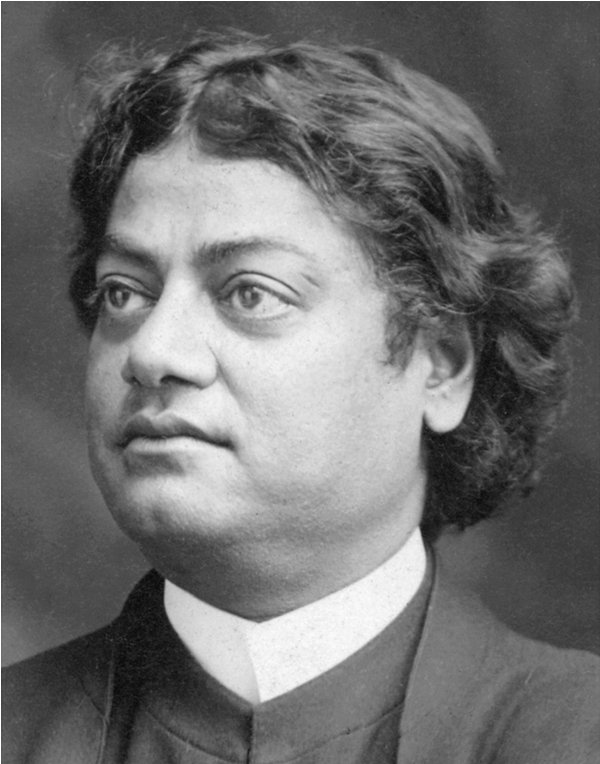Sunday, November 20, 2016
To move forward/backward through the talk, slide the gray bar that appears once audio is playing.
[/jbox]

November is a month for study of Raja Yoga, a spiritual path often called the yoga of meditation. A raja yogi uses ancient, proven spiritual techniques to quiet the mind and gain control of her or his attention. Regular daily practice of concentration leads to meditation, which can reveal God and liberate you from the cycle of death and rebirth.
Swami Vivekananda [Swamiji] wrote the book Raja-Yoga as a commentary on Patanjali’s Yoga Sutras. It was published in 1896 and immediately became an influential best-seller. In the Preface, Swamiji said:
“Raja-Yoga declares that each man is only a conduit for the infinite ocean of knowledge and power that lies behind mankind. It teaches that desires and wants are in man, that the power of supply is also in man; and that wherever and whenever a desire, a want, a prayer has been fulfilled, it was out of this infinite magazine that the supply came, and not from any supernatural being …
There is no supernatural, says the Yogi, (instead) there are in nature gross manifestations and subtle manifestations. The subtle are the causes, the gross the effects. The gross can be easily perceived by the senses; not so the subtle. The practice of Raja-Yoga will lead to the acquisition of the more subtle perceptions.”
That last sentence is a big promise, with even bigger implications: Once causes are understood, their effects can be seen more clearly; ultimately, they can be stopped. This yields relief from the bondage of self, since our thoughts and feelings — our ways of seeing and experiencing the world — are the effects of subtle causes.
In this talk we explore some of Swamiji’s and Patanjali’s teachings, with emphasis on the step-by-step spiritual progress that comes from the practices of Raja-Yoga.